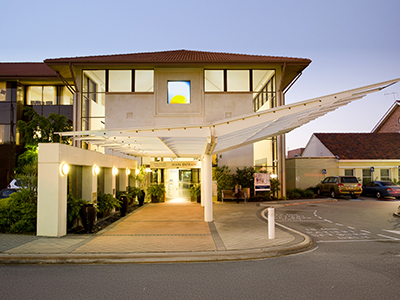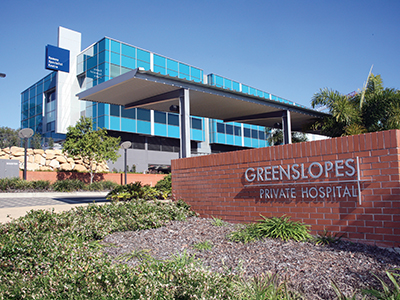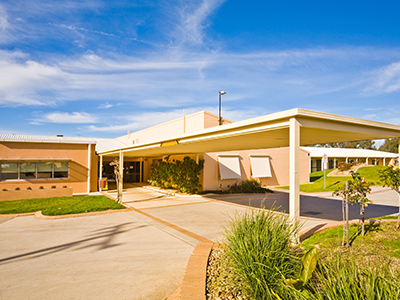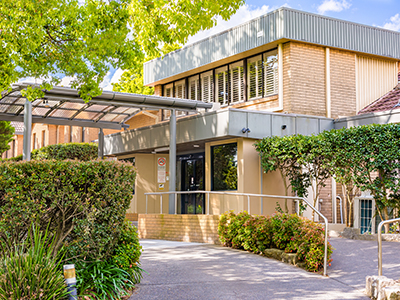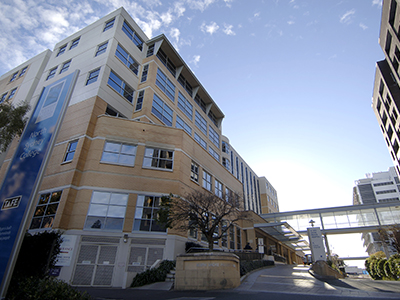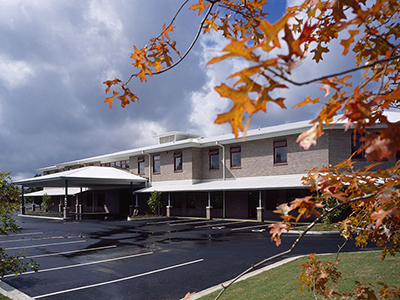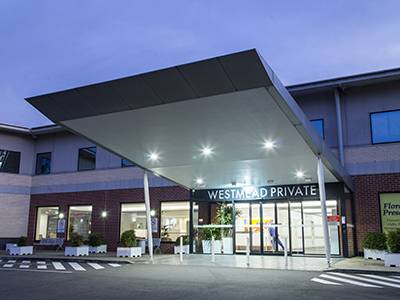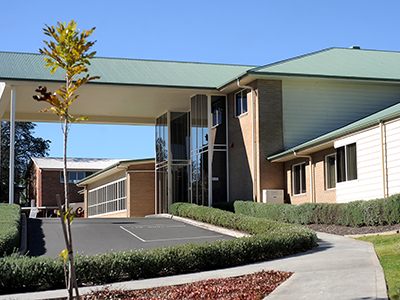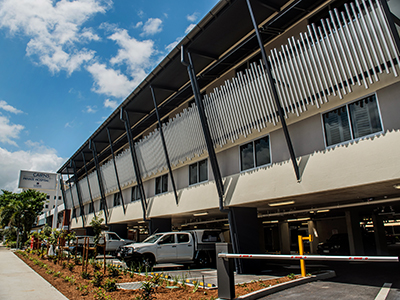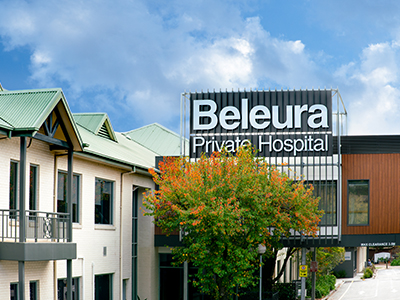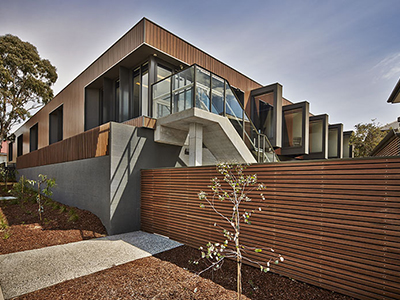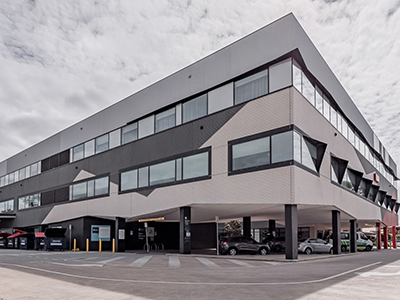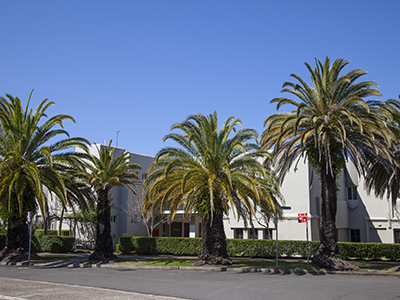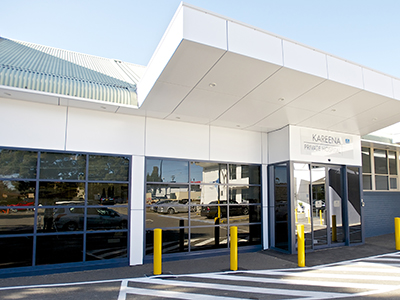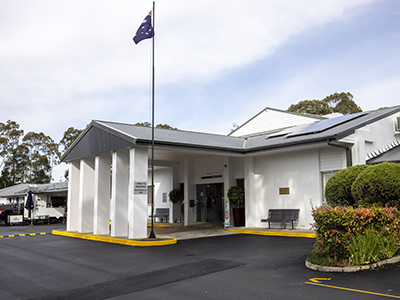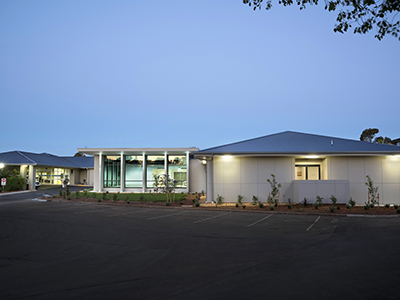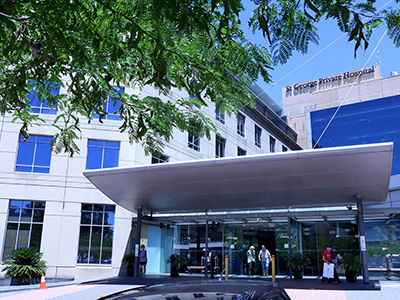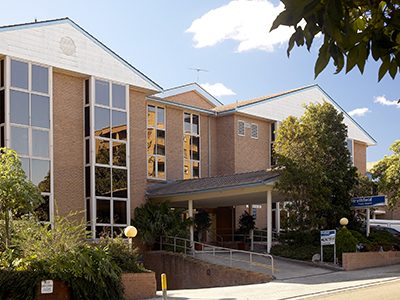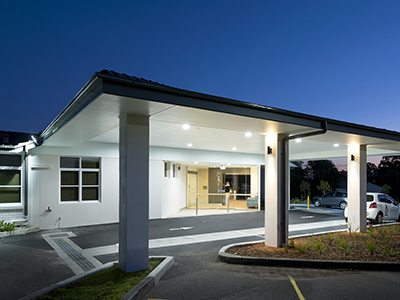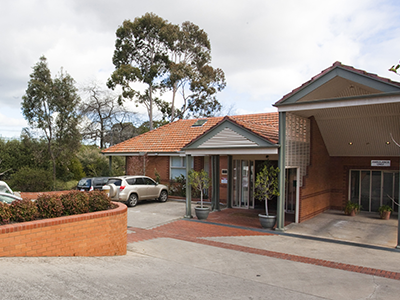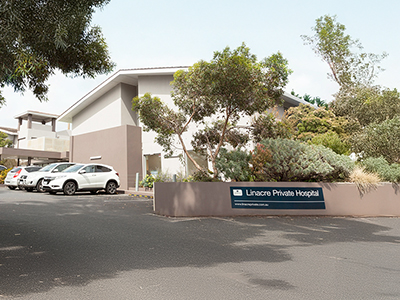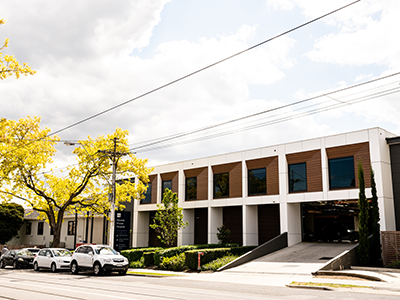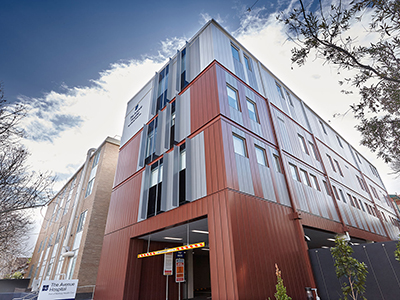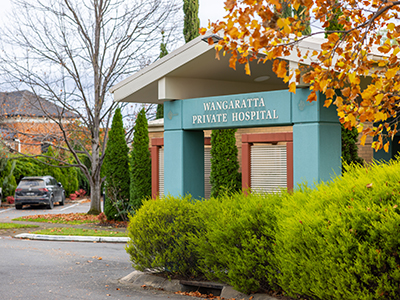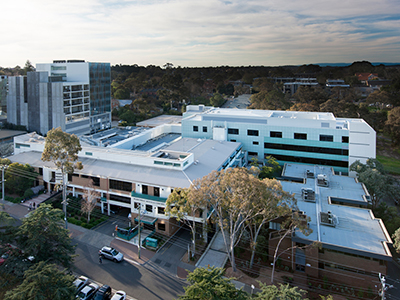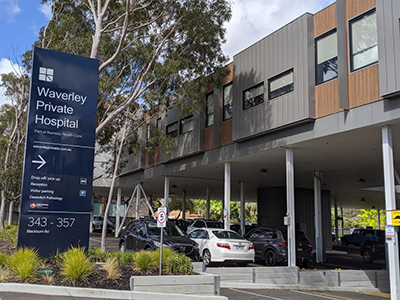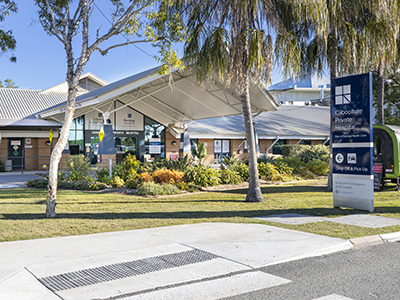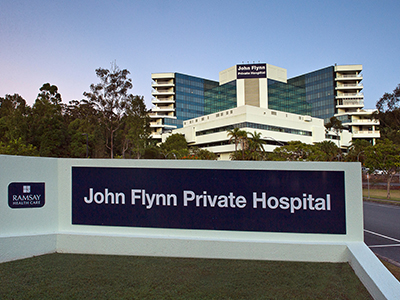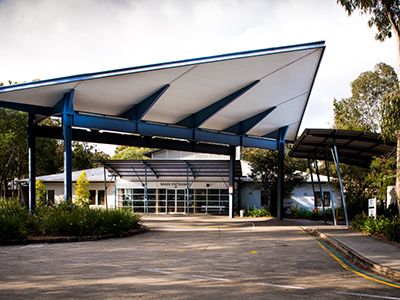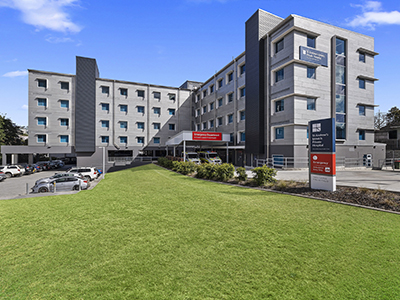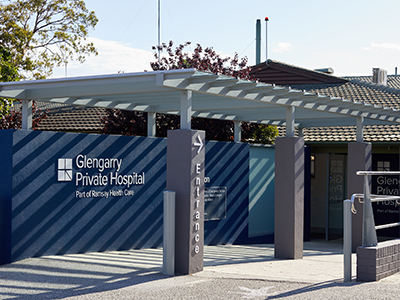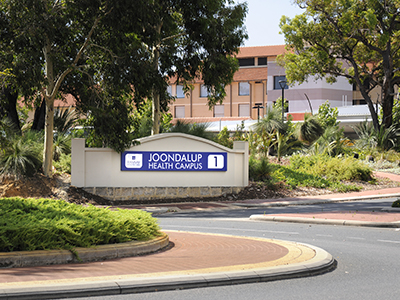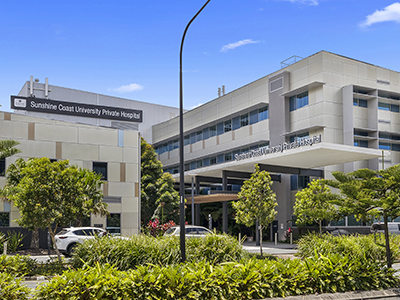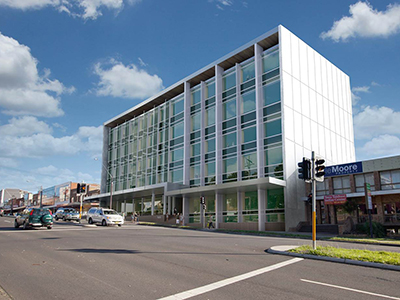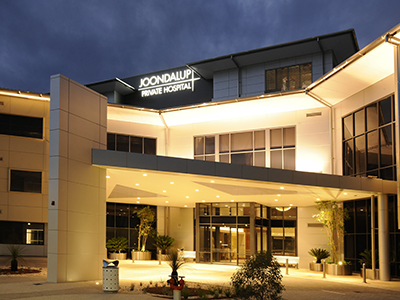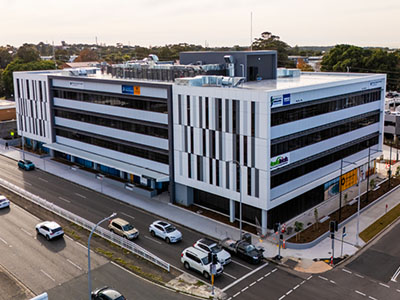Plastic and reconstructive surgery
Plastic and reconstructive surgery focuses on maintaining or restoring the form and function of skin, soft tissue and bone. Procedures may be performed to repair damage, correct abnormalities or support appearance and mobility.
At Ramsay Health Care, we provide access to highly qualified specialists and a supportive care environment, with a focus on safety, respect and individual needs.
Considering plastic and reconstructive surgery
Choosing plastic or reconstructive surgery is a personal decision and reasons vary. People may consider surgery to reduce discomfort, improve function, address changes after an injury or illness, or for aesthetic reasons.
The first step is usually a discussion with your general practitioner (GP). They can talk through your options, including non-surgical alternatives, and help you decide whether a referral to a specialist is appropriate.
If you are referred, your initial specialist appointment will usually be a consultation. This is an opportunity to discuss your goals, preferences and treatment options. The specialist will provide advice tailored to your situation so you can make an informed decision about whether surgery is the right path for you.
Types of surgeries
A plastic surgeon may perform many different types of surgeries. Here is a general guide to some of the most common. Just remember that every person’s case is unique, and your surgeon could tailor their approach based on your individual circumstances.
Aesthetic
Aesthetic surgery is used to alter or enhance the appearance of typical facial and body features. It’s not necessary for physical wellbeing, but it can help improve a person’s self-esteem.
Some examples of cosmetic surgery include:
- breast augmentation
- facelift
- liposuction
- rhinoplasty (also known as a nose job)
Gender-affirming
A trans or gender non-conforming person might consider gender-affirming surgery to more closely match their physical appearance to their gender identity. Not every trans or gender non-conforming person wants surgery – but for someone who chooses it, gender-affirming surgery can be of significant benefit to their wellbeing.
There are many types of gender-affirming surgeries. Some examples include:
- breast augmentation
- chest reconstructive surgery (also known as top surgery) to create a more masculine or androgynous chest
- facial surgery (including brow lift, forehead reduction, cheek enhancement, rhinoplasty and tracheal shave)
- genital reconfiguration surgery (including vaginoplasty, labiaplasty and phalloplasty)
- orchiectomy (the removal of the testes)
Some gender-affirming surgeries require a specific type of referral called a readiness referral. A general practitioner (GP) can provide guidance on how to obtain one.
Plastic and reconstructive
Plastic and reconstructive surgery is used to treat and repair atypical or damaged facial and body features. These features can be congenital (i.e. present at birth) or appear later in life due to illness or injury. They can often impede the function of the associated body part, or cause discomfort or pain.
Many plastic and reconstructive surgeries are considered medically necessary, or significant to a person’s emotional wellbeing. Examples include:
- Abdominoplasty (tummy tuck) to repair diastasis recti - a separation of the abdominal muscles that can cause severe back pain.
- Breast reconstruction after a mastectomy.
- Breast reduction in cases where heavy breasts are causing pain.
- Cleft palate and lip surgery (as these conditions can affect a child’s speech and ability to feed).
- Septoplasty to straighten the septum (wall inside the nose) of someone who has trouble breathing.
- Skin grafts after severe burns.
Ramsay Newsroom
Stay up-to-date with hospital news, developments, research highlights and innovation.
